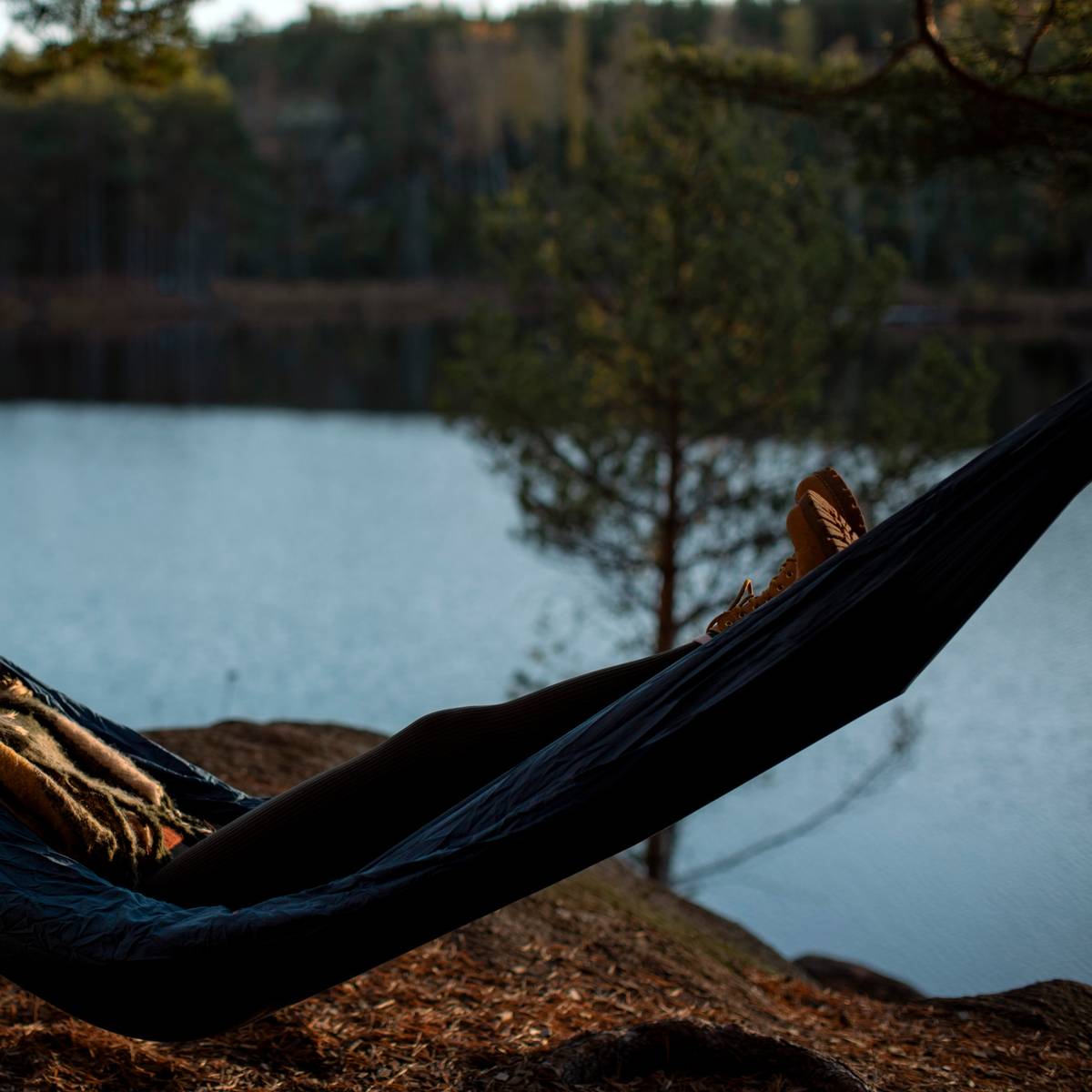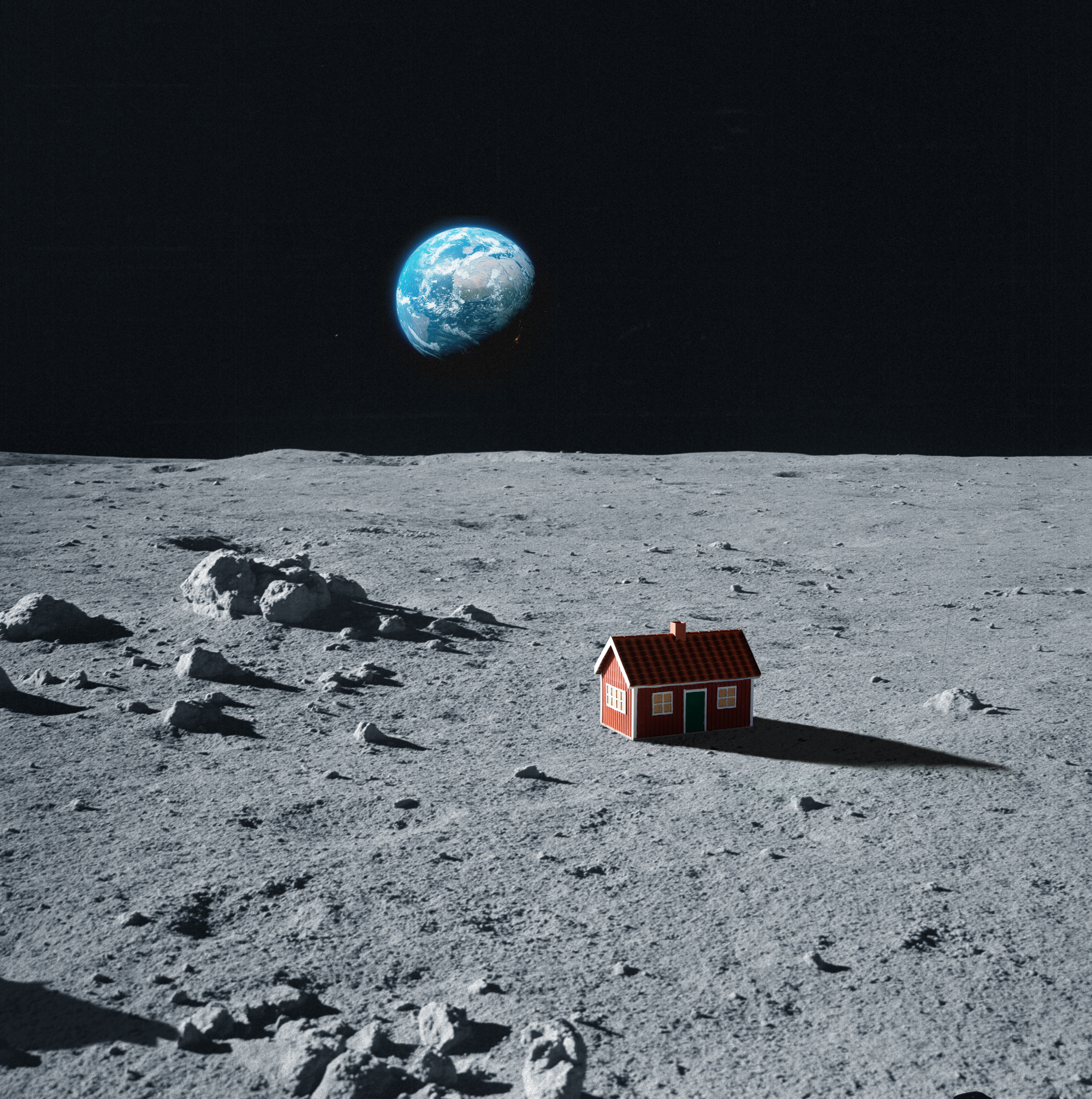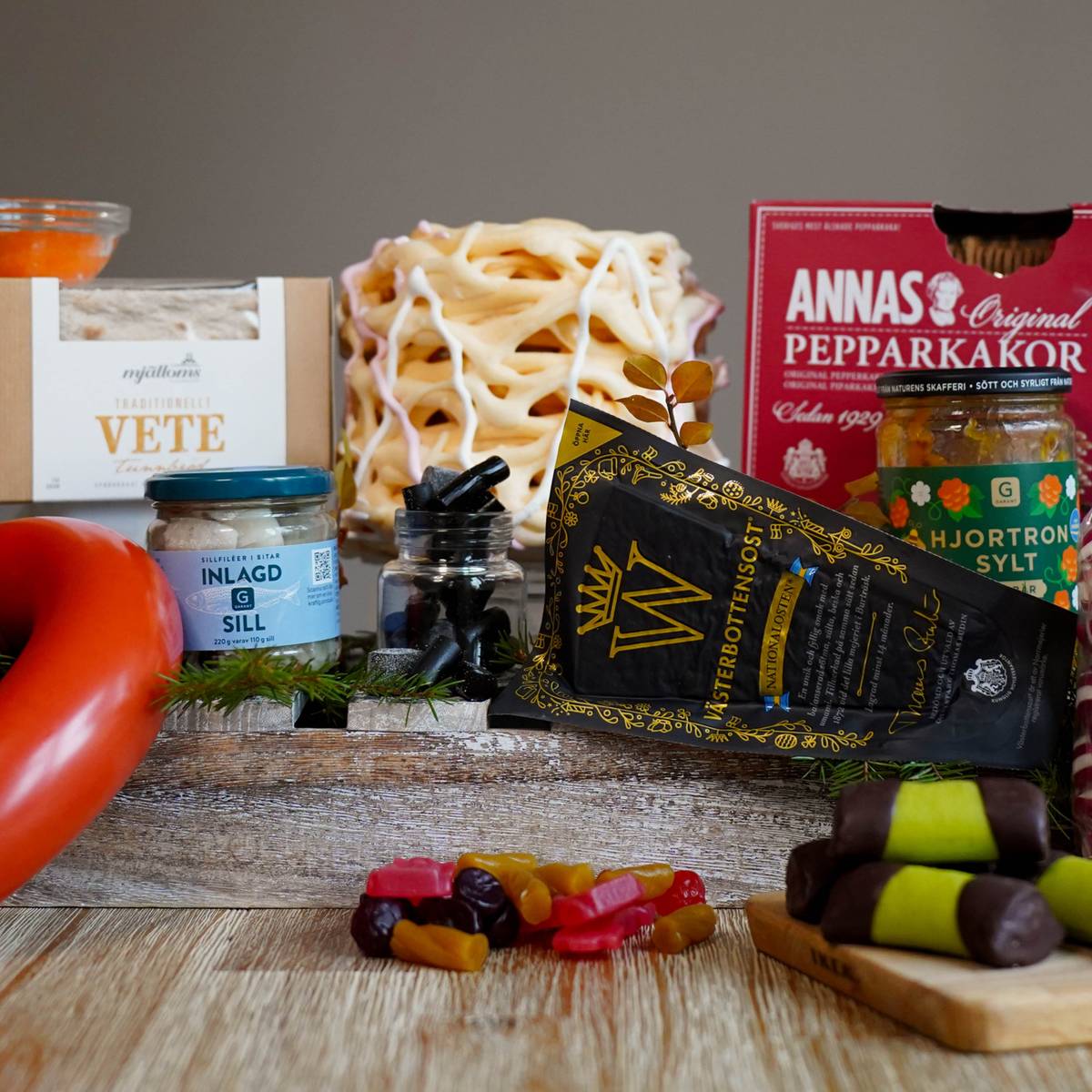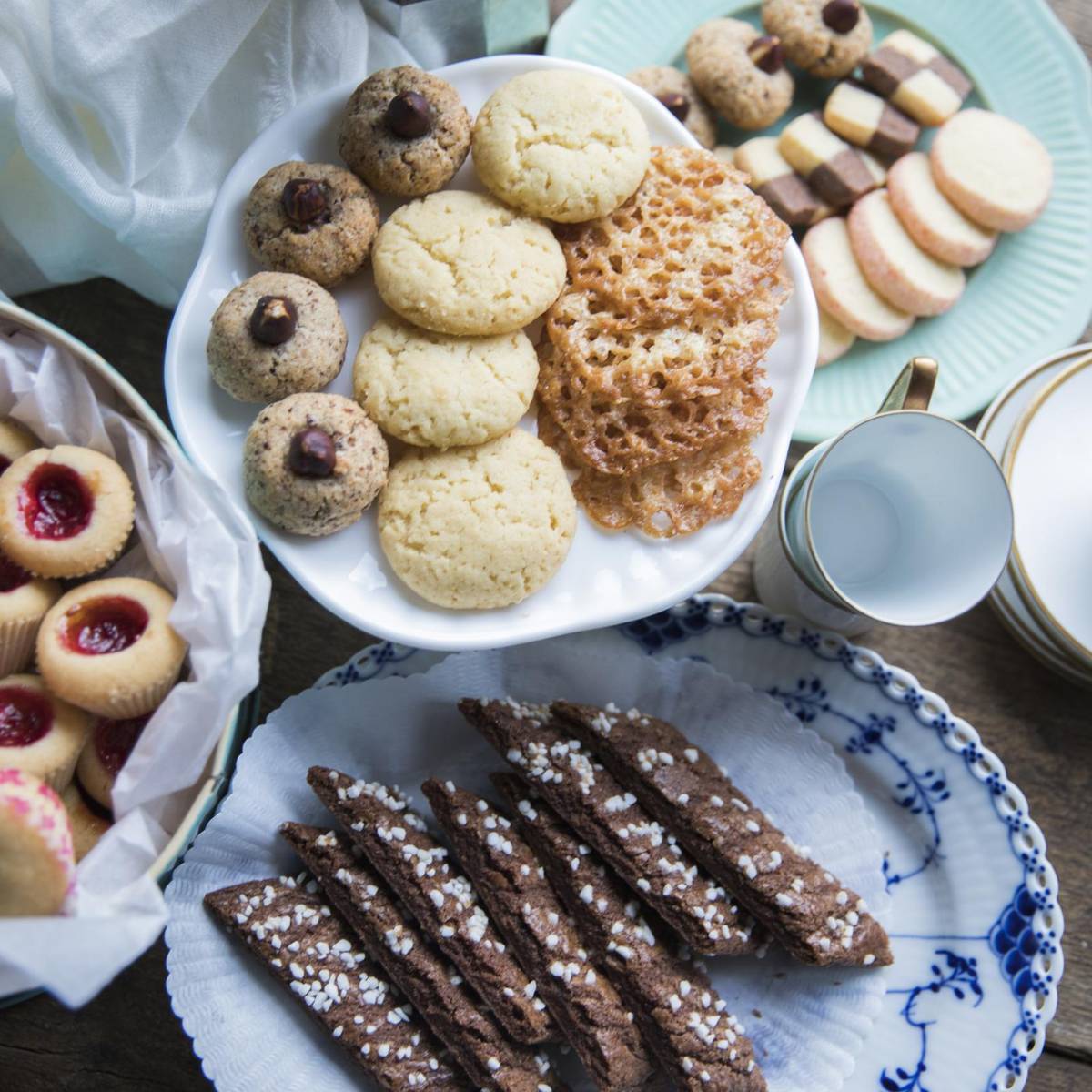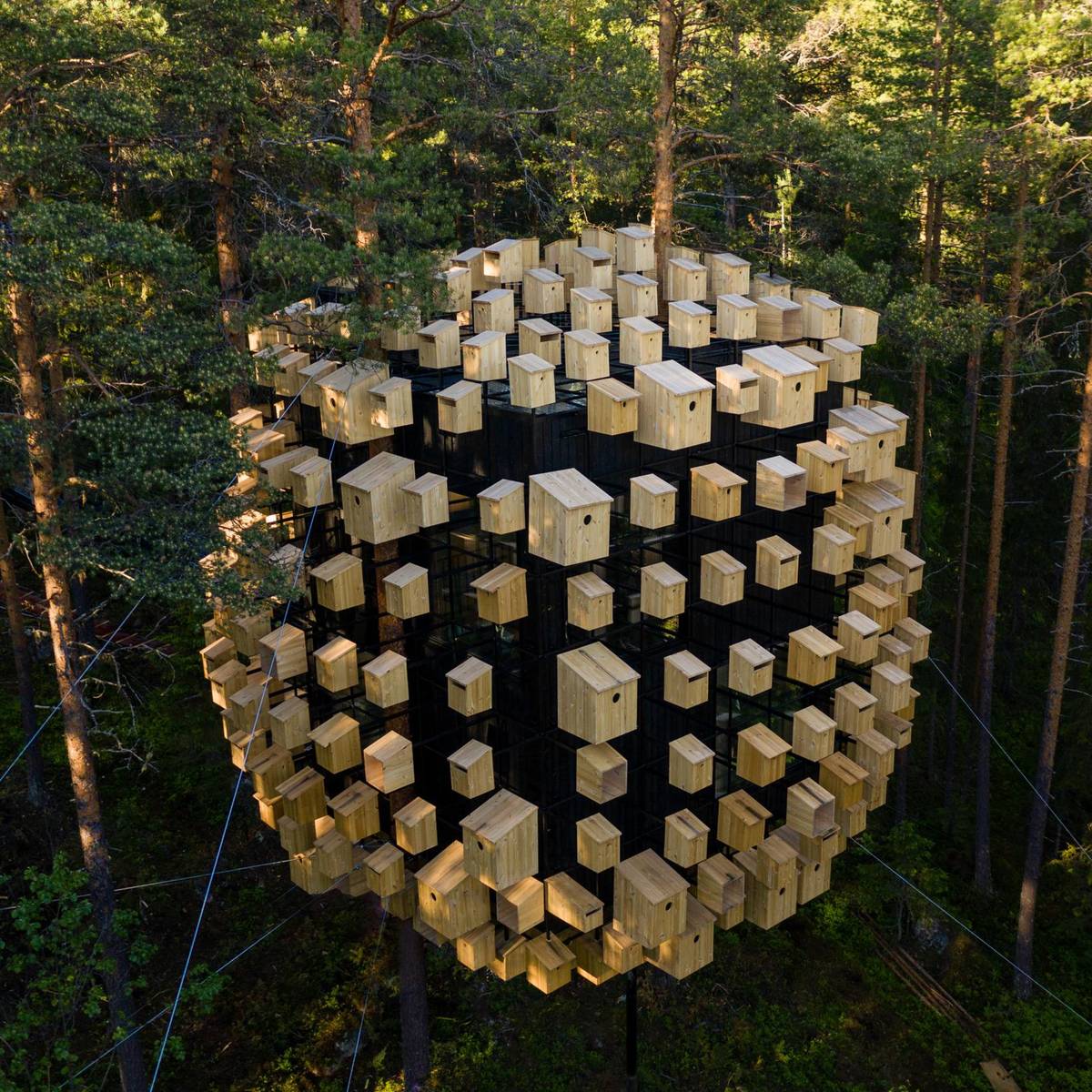Experience the charm
Originally reserved for wealthy landowners and churches, red cottages became accessible to ordinary Swedes by the mid-19th century. The colour’s popularity soared, especially among rural communities in regions like Småland. The "dream of a red cottage" thrives here, as these homes are now synonymous with idyllic Scandinavian living.
Today, red cabins are a quintessential symbol of Swedish heritage and a beloved feature of countryside escapes. Renting a holiday house in Sweden on your travels offers a chance to immerse yourself in the country’s picturesque landscapes.
A red cottage in space
The enduring appeal of the Swedish red cabin isn’t confined to Earth. Artist Mikael Genberg spent over 25 years working on The Moonhouse (‘Månhuset’) – an ambitious project aiming to place a tiny red Swedish cottage on the Moon. The lunar landing took place on 5 June 2025, but not quite as planned. The team lost contact with the spacecraft during descent, and it’s believed the house crash-landed on the Moon’s surface. Despite the outcome, the project remains a powerful symbol of artistic vision, Swedish design, and the human urge to explore beyond our world.
